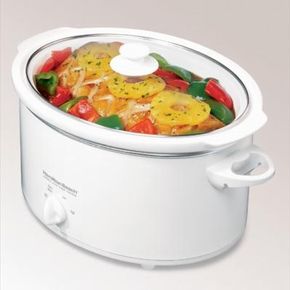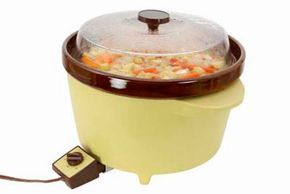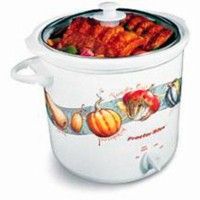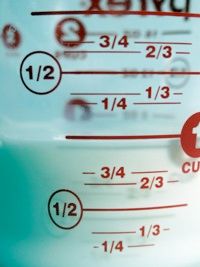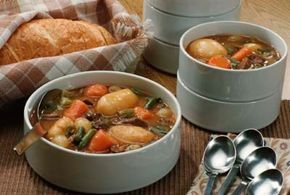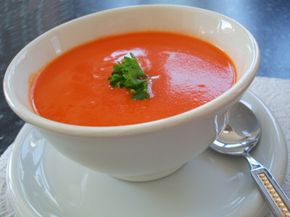The slow cooker has made a comeback in recent years, as more people work long hours yet still want the comfort of home-cooked meals. Whether you are new to using a slow cooker, or have been using one for years, you'll find these slow cooker tips helpful.
Check out these slow cooker questions and answers to get the most out of your slow cooker:
Advertisement
If you are new to using a slow cooker, find out what you need to know before you get started.
Learn some of the advantages of using a slow cooker instead of conventional cooking.
This article discusses slow cooker sizes, and gives you an easy way to determine the size of your cooker.
We all know the importance of food safety. Bu did you know that there are specific food safety concerns related to slow cookers? Read this article for more information.
Slow Cooker Recipes for Diabetics
Does food cooked in a slow cooker retain its nutrients? Are slow cookers recommended for diabetics? Get the answers in this article.
For more information on slow cookers, including recipes, see:
- Slow Cooker Recipes
- How to Cook and Cut Meat: Using a Slow Cooker
- Slow Cooker Cheese Soup Recipe
- Slow Cooker Brisket of Beef Recipe //]]]]> ]]>
Advertisement
